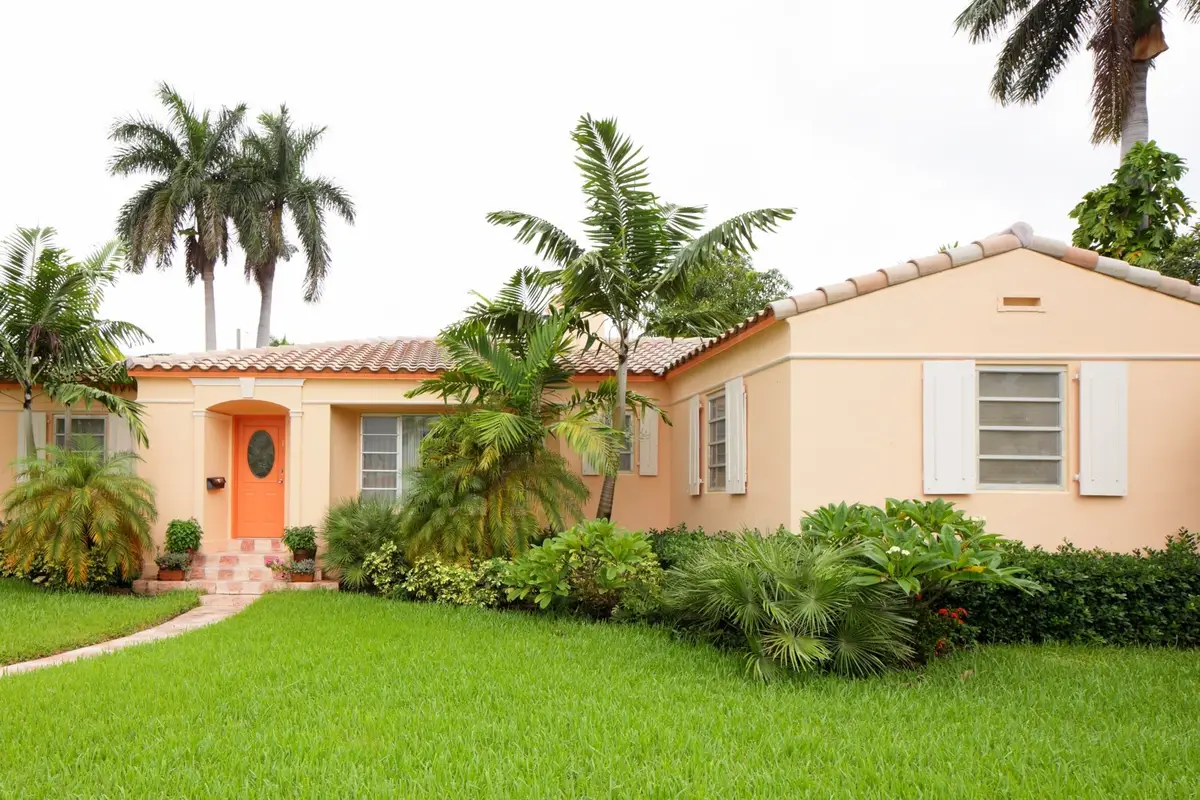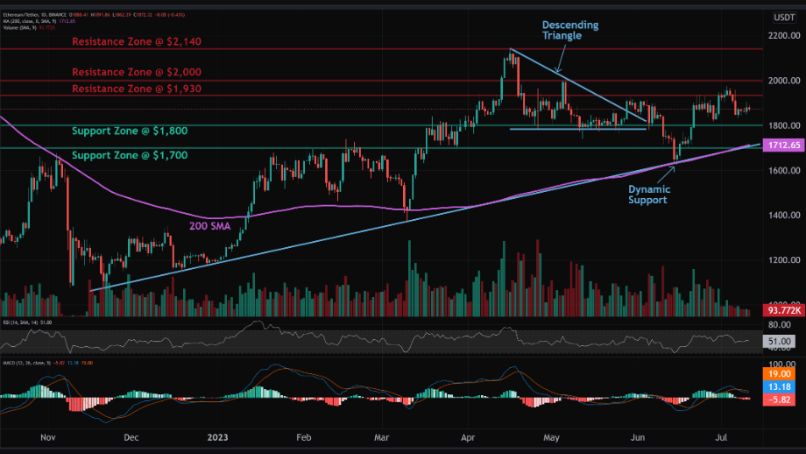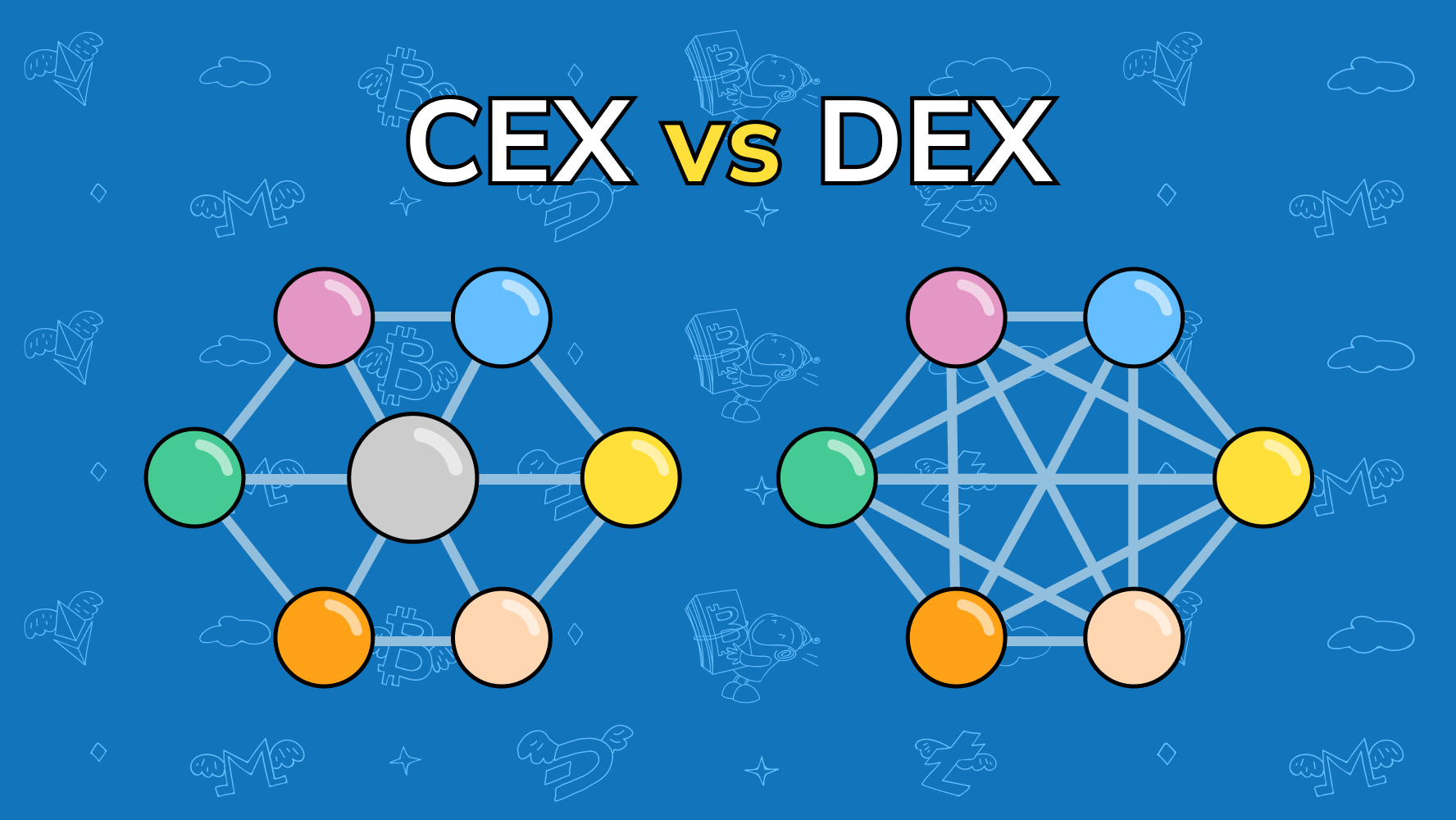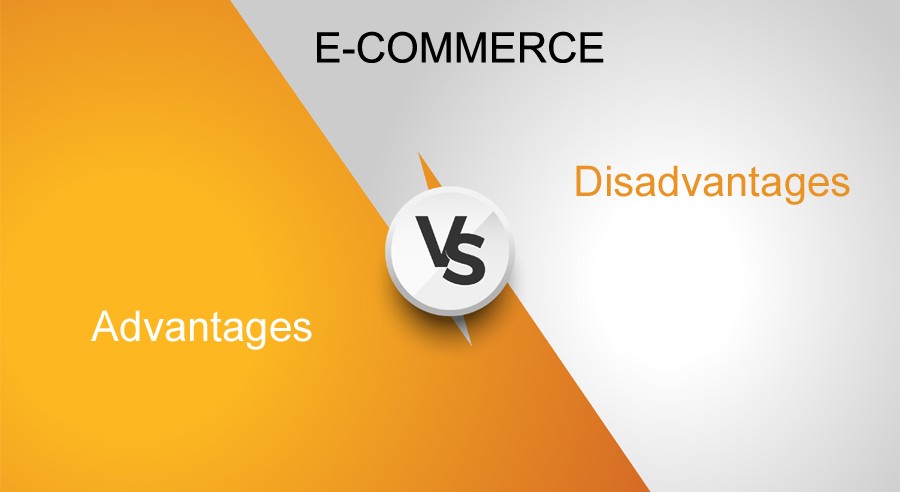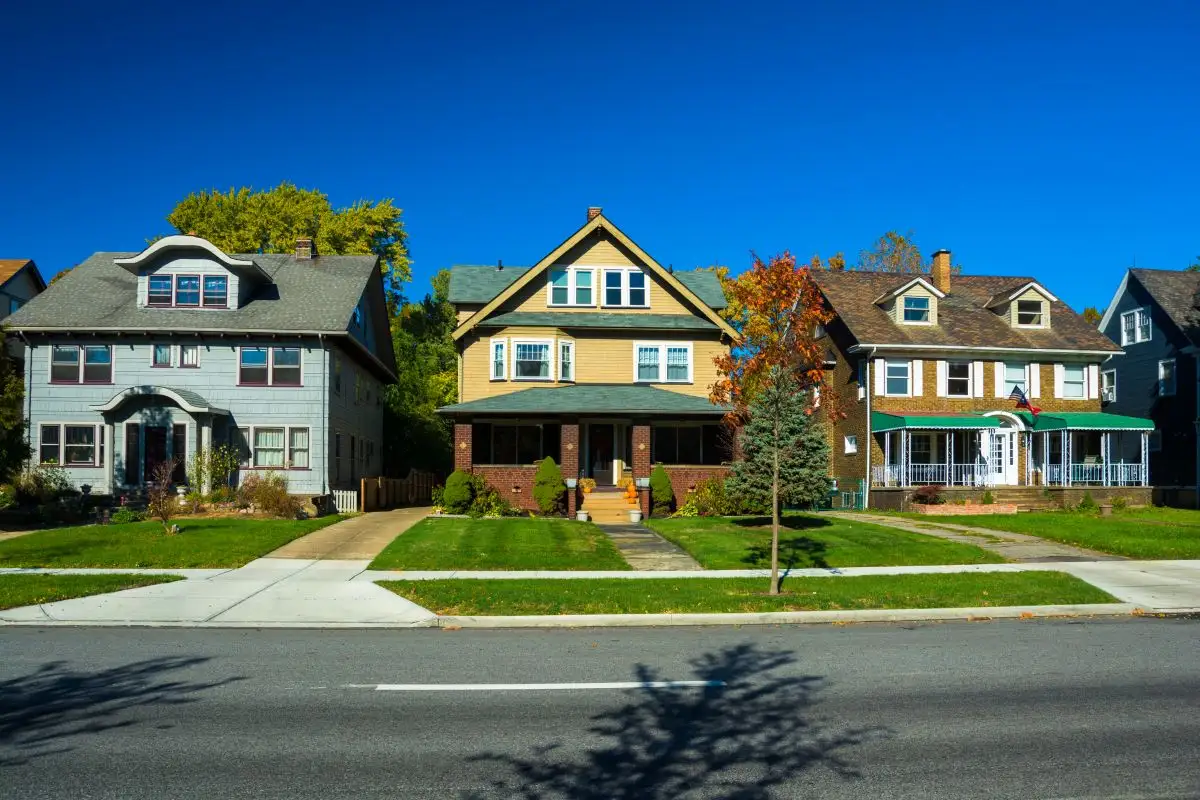
No matter if you own a traditional single-family home, a mobile home, or a condo, it’s important to ensure you’re financially protected in case something happens to your property. That’s where homeowners insurance comes in—it provides vital coverage for homeowners looking to safeguard their investment.
In this guide, we’ll cover the most common types of home insurance policies and help you identify which option is best for your home.
8 Types of Home Insurance Policies
There are eight primary types of homeowners insurance, each designed to cater to different housing needs. The coverage required for a single-family home differs significantly from that of a condo or rental unit, and policy types help tailor coverage to suit each home.
Here’s a breakdown of the eight types of home insurance policies:
HO-1: Basic Form
The HO-1 policy is rarely used today due to its limited coverage. It protects your home against 10 named perils and covers your home at its depreciated value (actual cash value), not the cost to rebuild. For example, if rebuilding your home today costs $120,000 but the actual cash value is $90,000, you’d need to cover the $30,000 difference.
The 10 named perils include:
- Fire or lightning
- Windstorm or hail
- Explosion
- Aircraft
- Riot or civil commotion
- Smoke
- Vehicles
- Vandalism
- Theft
- Falling objects
Who should consider HO-1?
HO-1 only covers the dwelling itself—not personal property, liability, or other structures. It may be a fit if your home doesn’t qualify for higher coverage or is often vacant.
HO-2: Broad Form
HO-2 is a step up from HO-1, covering more perils and insuring your home at its replacement cost, but your belongings at actual cash value. In addition to the 10 HO-1 perils, it covers six more, such as:
- Weight of ice, snow, or sleet
- Accidental water overflow or discharge
- Freezing
- Volcanic eruption
- Damage from a generated electrical current
- Sudden damage to appliances
It also covers personal property, liability, and loss of use, offering a broader range of protection.
Who should consider HO-2?
HO-2 is ideal for homeowners looking for more protection than HO-1, but at a lower premium than an HO-3, while still limiting coverage to named perils.
HO-3: Special Form
The most popular policy, HO-3 offers more comprehensive coverage than HO-1 or HO-2, covering your home on an open-perils basis—meaning all perils are covered unless specifically excluded. Common exclusions include:
- Floods
- Earthquakes
- Sewer backups
- War
- Neglect
HO-3 policies typically cover your belongings at actual cash value, though you can upgrade to replacement cost coverage. It also includes coverage for personal liability, loss of use, and medical payments.
Why is HO-3 so common?
HO-3 strikes a balance between broad coverage and affordable premiums, making it the go-to option for around 80% of homeowners.
HO-4: Tenant’s Insurance (Renters Insurance)
Designed for renters, HO-4 policies protect your personal belongings and liability, but not the structure itself (which is the landlord’s responsibility). It covers your possessions from 16 named perils, including fire, theft, and water damage.
Why should renters get HO-4?
Renters only need coverage for their personal belongings and liability, making HO-4 the perfect solution. It’s an affordable way to protect your possessions in a rented home.
HO-5: Comprehensive Form
HO-5 provides more extensive coverage than HO-3, insuring both your home and belongings on an open-perils basis, with higher limits for valuable items like jewelry and electronics.
Who should consider HO-5?
HO-5 is ideal for homeowners with high-value properties or expensive personal items, offering broader coverage but at a higher premium.
HO-6: Condo Insurance
HO-6, also known as condo insurance, covers the interior of your condo unit and its contents, while your homeowners association (HOA) covers the exterior and common areas. It typically includes loss assessment coverage, helping you cover shared property damage.
Why condo owners need HO-6
If you own a condo, HO-6 ensures you’re covered for the parts of your unit you’re responsible for, such as walls, flooring, and fixtures.
HO-7: Mobile Home Insurance
HO-7, designed for manufactured and mobile homes, mirrors HO-3 but adapts to the unique needs of mobile homes, covering the dwelling, other structures, belongings, and liability.
Who should consider HO-7?
Owners of manufactured homes that meet specific regulations and are permanently installed on a lot should opt for HO-7.
HO-8: Modified Coverage Form
The HO-8 policy is meant for older homes that may not meet standard underwriting guidelines. It covers the home’s actual cash value and includes 10 named perils, similar to HO-1, but also protects other structures, personal belongings, and liability.
Who should consider HO-8?
HO-8 is suitable for historic or architecturally significant homes, as well as homes over 40 years old or built with hard-to-replace materials.
Choosing the Right Home Insurance
The best insurance policy depends on your home and its unique needs. If you’re renting, HO-4 is your go-to option. Condo owners should opt for HO-6, while mobile home owners need HO-7. For single-family homes, an HO-3 policy is usually the best fit unless you have specific circumstances, such as an older home or high-value belongings, which may call for HO-8 or HO-5 coverage.

